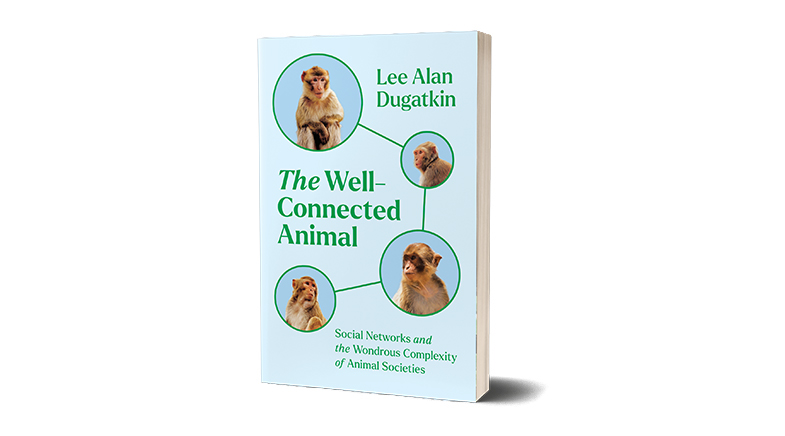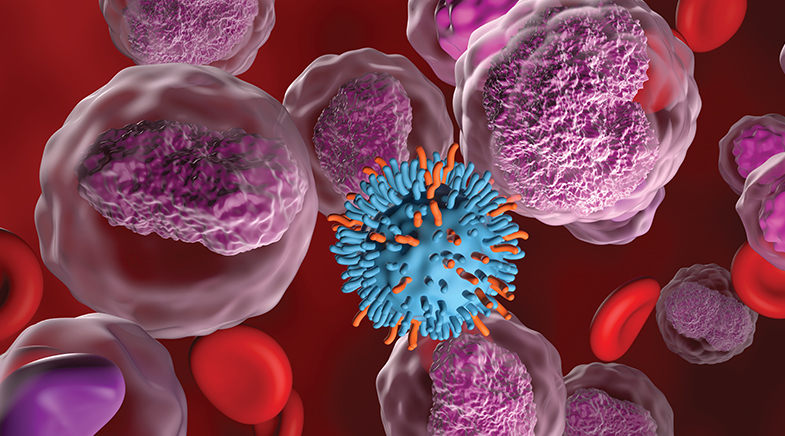Start-ups are working to clear space debris
-
- from Shaastra :: vol 03 issue 07 :: Aug 2024

With space junk keeping pace with the number of satellites in orbit, some start-ups are cleaning up to keep debris from falling to Earth.
In March 2024, a family in Florida, U.S., was alarmed when a flying object blew in through the roof of their house. The metallic object, weighing less than 1kg, was sent to the Kennedy Space Center. An investigation revealed that it was part of a cargo of batteries jettisoned from the International Space Station in 2021, which did not disintegrate completely on return to Earth.
This was no one-off incident. Space debris has landed on Earth time and again. As the market for satellite manufacturing grows globally, so does the junk in space. "We see customers who want to launch multiple, small satellites at once instead of a single satellite in a single launch," says Krishna Teja Penamakuru, Co-Founder of Dhruva Space, a satellite-manufacturing company from Hyderabad.
There are currently 9,900 satellites circling the Earth in different orbits, each at a speed averaging 7-8 kilometres per second. When dealing with such a high speed — about 14 times that of a bullet — an object of even 5-10 centimetres can cause significant damage, from destroying a satellite's solar panel to killing the satellite itself.
When Digantara CEO Anirudh Sharma first learnt of the potential dangers of space debris, he was a computer science student at Lovely Professional University, Punjab, seeking to build a student satellite. "A satellite launched by one of the operators we were working with was hit by space debris," says Sharma. "We realised that sooner or later, we would need a solution like an air traffic management system for space."
This was his foray into building a sensor for Space Situational Awareness (SSA), a growing sector that tracks space objects and the environments they operate in. Digantara's sensors are likely to be launched in the form of satellites, but could also be integrated into satellites for customers. The sensors are electro-optical systems that receive information about the position and velocity vector data of the customer satellite. "We have another variant where we use lasers to estimate how far the object is from the sensor," he says. The debris or rival satellite is tagged seven days before a projected collision. Once that is done, Digantara provides a collision avoidance route mapped to use satellite fuel most efficiently.
While collision prediction and prevention are a significant part of SSA, a satellite's environment is monitored for many other reasons. The military, for instance, would need to know which satellites were watching them to decide where they could safely move their troops. This is information that SSA companies can provide.
PAST ISSUES - Free to Read


Have a
story idea?
Tell us.
Do you have a recent research paper or an idea for a science/technology-themed article that you'd like to tell us about?
GET IN TOUCH














